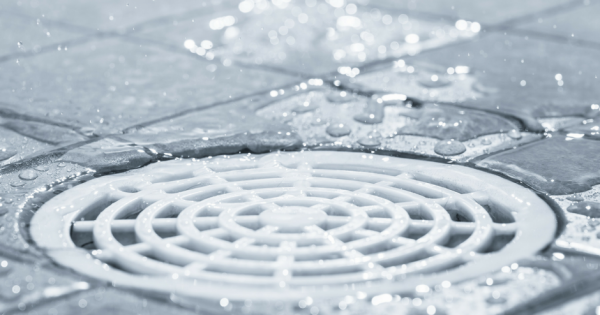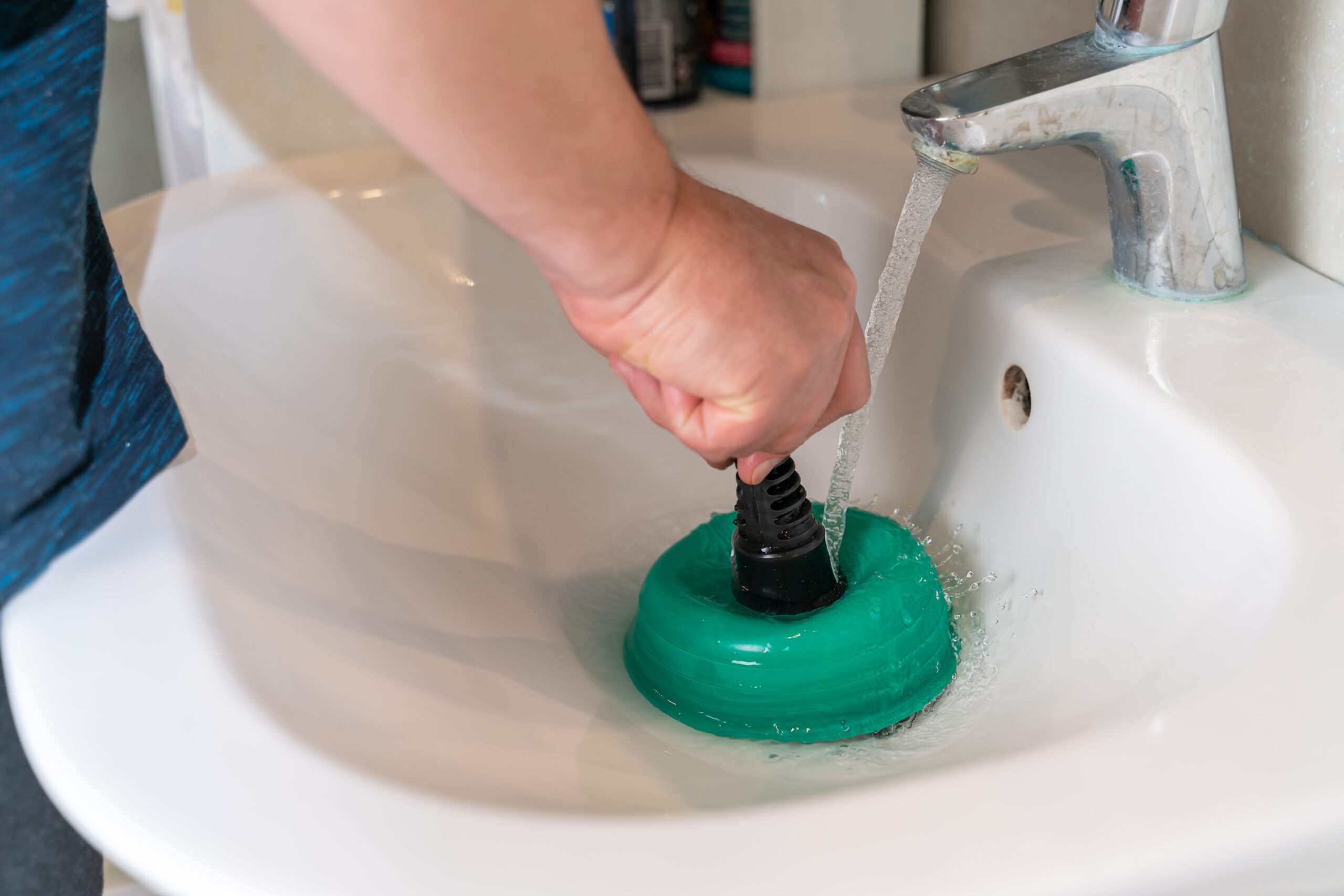Strategies for Managing a Blocked Drain Before Hiring Plumbing Experts
Strategies for Managing a Blocked Drain Before Hiring Plumbing Experts
Blog Article
What're your thoughts with regards to Some easy tips to fix blocked drains?

Intro
Taking care of a blocked drainpipe can be a frustrating experience, interrupting day-to-day tasks and potentially creating damages to your residential or commercial property. Nonetheless, before reaching out to pipes experts, there are steps you can require to attend to the concern on your own. In this guide, we'll check out DIY solutions and safety nets to deal with an obstructed drainpipe properly.
Recognizing the Concern
The first step in attending to an obstructed drainpipe is acknowledging the indications. Slow-moving drainage, gurgling noises, foul odors rising from drains, or water support up are common indicators of an obstructed drain. Recognizing these signs early can aid avoid even more problems.
Common Root Causes Of Obstructed Drains
Recognizing the variables that add to drain pipes obstructions is necessary for reliable resolution. Typical wrongdoers consist of hair, soap residue, grease, food particles, and international objects like hygienic products or paper towels. Tree roots getting into below ground pipes can likewise create significant obstructions.
DIY Solutions
For minor obstructions, a number of DIY remedies can be effective. Pouring boiling thin down the drain can aid dissolve oil and debris. Baking soda and vinegar or a mix of salt and baking soda can serve as natural cleaners. Making use of a plunger or plumbing snake to displace blockages is one more choice.
Devices and Equipment
Having the right devices accessible can make DIY drain cleaning up extra efficient. A bettor is a flexible tool for clearing clogs in sinks, bathrooms, and showers. A plumbing snake or auger can reach deeper obstructions, while drain cleansing chemicals can be made use of cautiously for stubborn blockages.
Preventive Measures
To prevent future obstructions, adopting preventive measures is important. Set up drainpipe guards or strainers to catch hair and particles prior to they enter the pipelines. Frequently flush drains with hot water to dissolve oil build-up, and prevent taking care of oil or strong waste away.
When to Call a Specialist
While do it yourself remedies can deal with minor obstructions, specific signs indicate the need for expert assistance. Relentless clogs, foul odors regardless of cleaning up initiatives, or numerous drains pipes supporting all at once are warnings that require experienced intervention.
Picking the Right Pipes Service
When picking a plumbing service, consider variables such as experience, licensing, and customer evaluations. Pick a credible plumbing professional with a performance history of quality craftsmanship and clear rates practices.
Cost Considerations
The price of professional drain cleaning company can differ relying on the extent of the clog and the plumbing professional's prices. Demand quotes from several service providers and ask about any type of additional charges to make certain transparency and avoid shocks.
Safety Measures
When attempting DIY drainpipe cleaning, focus on safety and security. Use protective gloves and eyewear to prevent contact with dangerous chemicals or germs. Never ever mix various drain cleansing products, as this can produce hazardous fumes.
Case Researches
Real-life examples illustrate the efficiency of do it yourself solutions and the value of prompt expert intervention in solving drainpipe blockages.
Verdict
By complying with the ideas detailed in this guide, you can effectively deal with blocked drains pipes and avoid future pipes issues. Whether choosing DIY services or looking for specialist aid, punctual action is crucial to maintaining a healthy and balanced pipes system and preserving the integrity of your home.
How to Clear a Clogged Drain Yourself (And When to Call In the Professionals)
What Can Clog a Drain
Dirt Skin flakes Hair Grease Soap scum Food Offset pipes Tree roots Small objects Mineral buildup DIY Tricks to Unclog a Drain
You can fix this! Once you have identified the source of the clog (or have a vague idea), you can try one or a combination of these fixes in order to clear your plumbing.
Wire Hanger or Snake
Untangle and clear out hair from a drainpipe with a homemade snake. Use a straightened-out wire hanger with a 90-degree angle hook to locate the clog and drag out any unwanted material.
Remember not to push the clog further down to where the wire hanger cannot reach! If you need to follow up with a plunger, give it a try. Your efforts might be more successful after it’s been wire-snaked.
If you want to get fancy and don’t have a wire hanger to spare, head to the store and pick up a hand-operated drain snake. You can get one for $10-$30. It may save you the hassle, and provide additional length to reach deep into the clogged pipe.
Plunger
A cup plunger has a suction cup attached to a wooden handle. The rubber creates a seal around the drain, and increases the pressure force of the plunger.
Plunge for 30-second increments to loosen the clog. This may need to be repeated over the course of 15-20 minutes. Once plunged, run the water to flush the remaining material out of the drain.
Remember– never use a plunger if you have used a chemical drain cleaner. These chemicals can splash up from the force of the plunger and cause serious injury or burns.
Boiling Water
Hot water can sometimes break up materials into a flushable amount. Dirt, grease, and soap buildup requires heat in order to unstick from surfaces.
Take your kitchen kettle and heat your water to a boil. Once it reaches a rolling boil, pour it directly down the drain into the blockage. Carefully follow with plunging, if necessary.
Don’t worry if this takes more than one try! It can often take multiple kettles and repeated plunging in order to clear a particularly stubborn clog.
Chemical Drain Cleaner
As a last resort, pick up a bottle of chemical drain cleaner. Drain-cleaning chemicals are potent, and not very good for the environment.
You may need to wear protective eyewear in gloves before handling your bottle of chemical drain cleaner. Follow the instructions printed on the bottle, and flush with water as soon as the instructions allow. Do not follow with plunging.
Baking Soda and Vinegar
As a safer alternative to chemical drain cleaner, baking soda and vinegar can create a chemical reaction that clears tough clogs.
Combine one cup of cleaning vinegar with one cup of boiling water, and set aside. Once you have done this, pour half a cup of baking soda down the drain. Give the baking thirty seconds to settle and cover a large portion of the problem drain.
Following the baking soda, pour down your vinegar and hot water solution. Once the vinegar and baking soda combine, the mixture will bubble and fix. Let this reaction fizzle in the drain for about an hour.
After an hour, follow with a kettle’s worth of hot water. The heat and liquid should flush out any remaining material.
When to Call a Plumber
If your DIY attempts haven’t cleared your clog drain, it’s time to call in a professional. It’s not worth losing access to your kitchen sink or high-traffic bathroom. A clog in a vital area can keep you from the things you’d rather be doing, and derail your routine.
Anytime a clog is causing water to spread is a time to call in a plumbing service. What starts out as a little bit of water can quickly grow into serious, expensive water damage.
Additionally, a serious clog can result in burst pipes or serious leaks. Make sure you know when to take it seriously!
https://myguysnow.com/how-to-clear-a-clogged-drain-yourself-and-when-to-call-in-the-professionals/

I am very fascinated with How to handle a clogged drain in your home and I am praying you liked our page. Enjoyed reading our article? Please quickly share it. Help somebody else locate it. Thank you so much for going through it.
Call Report this page